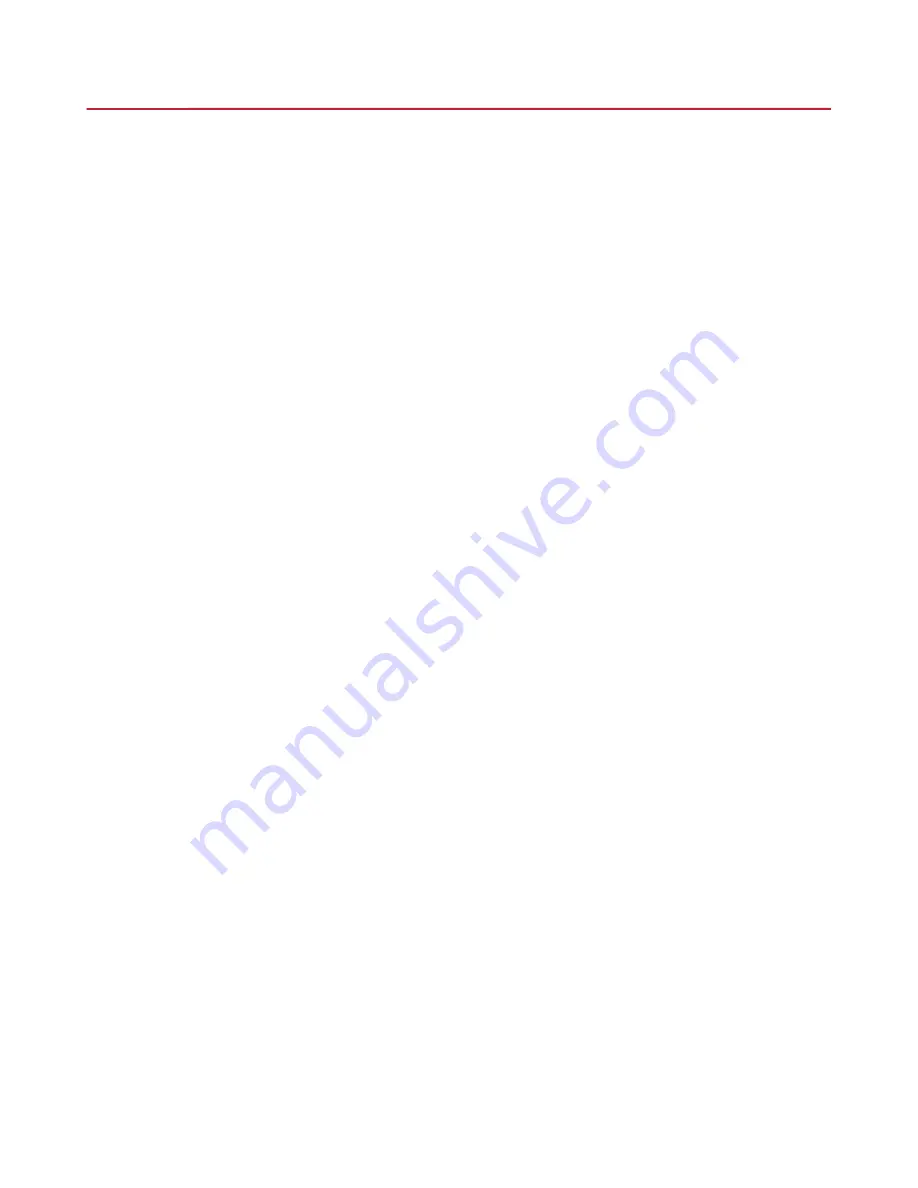
3 DATA
3.1 Data Handling
3.1.1 Infrared Printer
Th
e RAD7’s infrared printer will print out data in
short, medium or long format - see the RAD7 manual
for details. In the long format, there will be a
spectrum printed at the end of every cycle.
3.1.2 RAD7 Memory
Th
e internal memory of the RAD7 stores numerous
properties for each data cycle, including the date and
time, radon concentration, live time, total counts, and
a host of other parameters; see the RAD7 manual for
details.
Th
e data can be downloaded to a computer at
any time, during or a
ft
er a run, using DURRIDGE’s
CAPTURE so
ft
ware, which is discussed below.
Once the data has been downloaded and backed up
securely, you should erase the data on the RAD7, to
prevent it from accumulating and
fi
lling the device’s
memory.
3.1.3 CAPTURE Software for Windows and macOS
Data recorded to the RAD7 may be downloaded and
graphed using DURRIDGE’s CAPTURE so
ft
ware,
which is available from the DURRIDGE website
[www.durridge.com/so
To view Water Probe data in CAPTURE,
fi
rst make
sure RADLINK is installed on the RAD7, and
connect the RAD7 to the computer using the
provided USB to serial adaptor cable. Download the
RAD7 data.
Th
en, if using a Temperature Logger,
obtain its data as explained in Section 3.1.4. A
ft
er the
radon data is opened in a Graph Window, select a
run of Water Probe data, open the Run Parameters
Window, and set the Radon Measurement Method to
Water Probe as shown in Fig. 3 on the following page.
Next specify the water temperature source as
instructed.
Th
e water temperature information is
used by CAPTURE to calculate the radon in water
concentrations. For detailed instructions, please see
the Water Probe information in the CAPTURE user’s
manual, which is available from the DURRIDGE
website.
3.1.4 Temperature Data
To obtain the water temperature data (optional),
connect the temperature logger to the computer and
run its so
ft
ware to download the data.
Th
e program
will take a moment to download the entire memory
of the logger, and then display it as a graph. You
should save it to your hard drive before doing
anything else. You can then export it to a comma-
delineated .TXT
fi
le for use with CAPTURE, or for
incorporating into a spreadsheet or database
program.
Alternatively, the temperature logger data can be read
directly into CAPTURE using the controls in the Run
Parameters Window; see the instructions in the
CAPTURE user’s manual for details.
Warning!
Make sure that the Temperature Logger
data is properly downloaded and saved to the
computer before starting the logger again. Restarting
the logger operations may erase its previous data.
3.1.5 Time Relationship
A water temperature reading is made at the moment
in time indicated with the reading. A radon reading,
in contrast, is the average value taken over the cycle
whose end occurred at the time indicated. For
constant radon and temperature values this is of no
consequence, but if the temperature was changing
quickly then the temperature readings during the
course of the radon cycle should be averaged to give
the average temperature at the air-water interface
when the radon being measured was leaving the
water.
Th
is is handled automatically by the
CAPTURE so
ft
ware.
Section 3
Data
9















